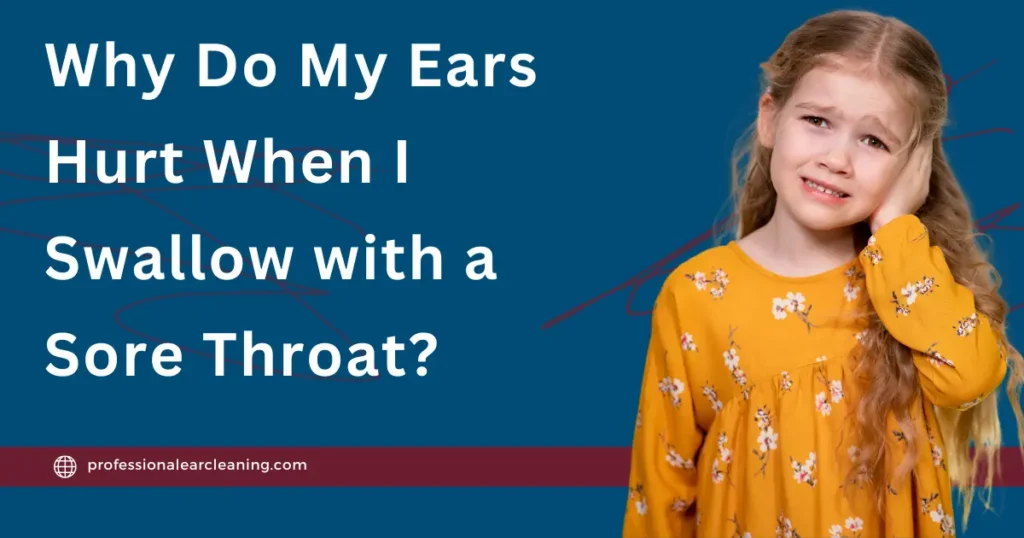Ear pain is an uncomfortable and sometimes debilitating condition that can arise from several causes. Whether it’s a dull ache or a sharp pain, understanding why does ear hurt on the inside is crucial for proper treatment. In this article, we’ll explore the reasons for internal ear pain and provide practical solutions backed by scientific evidence.
Why Does Ear Hurt?
Infections
One of the most common causes of ear pain is infection. Ear infections typically occur when bacteria or viruses enter the ear canal, leading to inflammation. This often results in fluid buildup, causing pressure and discomfort inside the ear. Research indicates that otitis media, a middle ear infection, is prevalent in both children and adults, contributing significantly to ear pain.
Earwax Buildup
Excessive earwax can block the ear canal, resulting in a clogged sensation and pain inside the ear. Earwax is meant to protect the ear by trapping dust and debris, but too much of it can create problems. Studies show that impacted earwax can lead to temporary hearing loss and irritation inside the ear canal, making it essential to manage wax buildup properly.
Eustachian Tube Dysfunction
The Eustachian tube connects the middle ear to the back of the throat, helping to equalize pressure. When this tube becomes blocked or doesn’t function correctly, it can cause ear pain and a clogged feeling. Common triggers include sinus infections, allergies, or changes in altitude.
Trauma to the Ear
Injuries such as inserting foreign objects into the ear canal or experiencing trauma from loud noises can result in internal ear pain. In some cases, swimming can introduce bacteria, leading to swimmer’s ear, a painful infection of the outer ear canal. Scientific studies reveal that improper ear cleaning or frequent exposure to water can increase the risk of ear trauma and infections.
How to Fix Ear Pain
Medications for Ear Infections
Antibiotics are often prescribed to treat bacterial infections of the ear. However, recent scientific research suggests that many ear infections, particularly viral ones, may resolve on their own. Over-the-counter pain relievers, such as ibuprofen or acetaminophen, can help alleviate discomfort while the infection heals.
Earwax Removal
If earwax buildup is causing pain, using an earwax removal kit is recommended. These kits typically include softening drops to loosen the wax, allowing it to be flushed out gently. Avoid using cotton swabs, as they can push the wax further into the canal, exacerbating the issue.
Eustachian Tube Exercises
Simple exercises like swallowing, yawning, or chewing gum can help open the Eustachian tubes and relieve pressure in the ear. In more severe cases, decongestants or nasal sprays may help reduce inflammation and promote drainage.
Avoiding Ear Trauma
To prevent ear injuries, avoid inserting objects like cotton swabs or fingers into the ear canal. If swimming is a trigger, wearing earplugs can help minimize water exposure and reduce the risk of developing swimmer’s ear.
Ear pain inside the ear can stem from infections, earwax buildup, Eustachian tube dysfunction, or trauma. Treating these issues depends on the underlying cause. By understanding why does ear hurt on the inside and taking appropriate steps—such as using medications, earwax removal kits, and avoiding trauma—you can effectively relieve pain and prevent future problems.
If the pain persists or worsens, it’s essential to seek medical advice. Prolonged ear pain could indicate a more serious condition that requires professional treatment.



